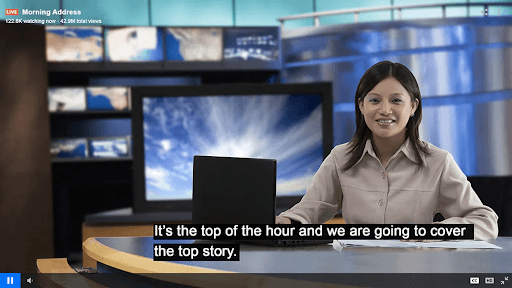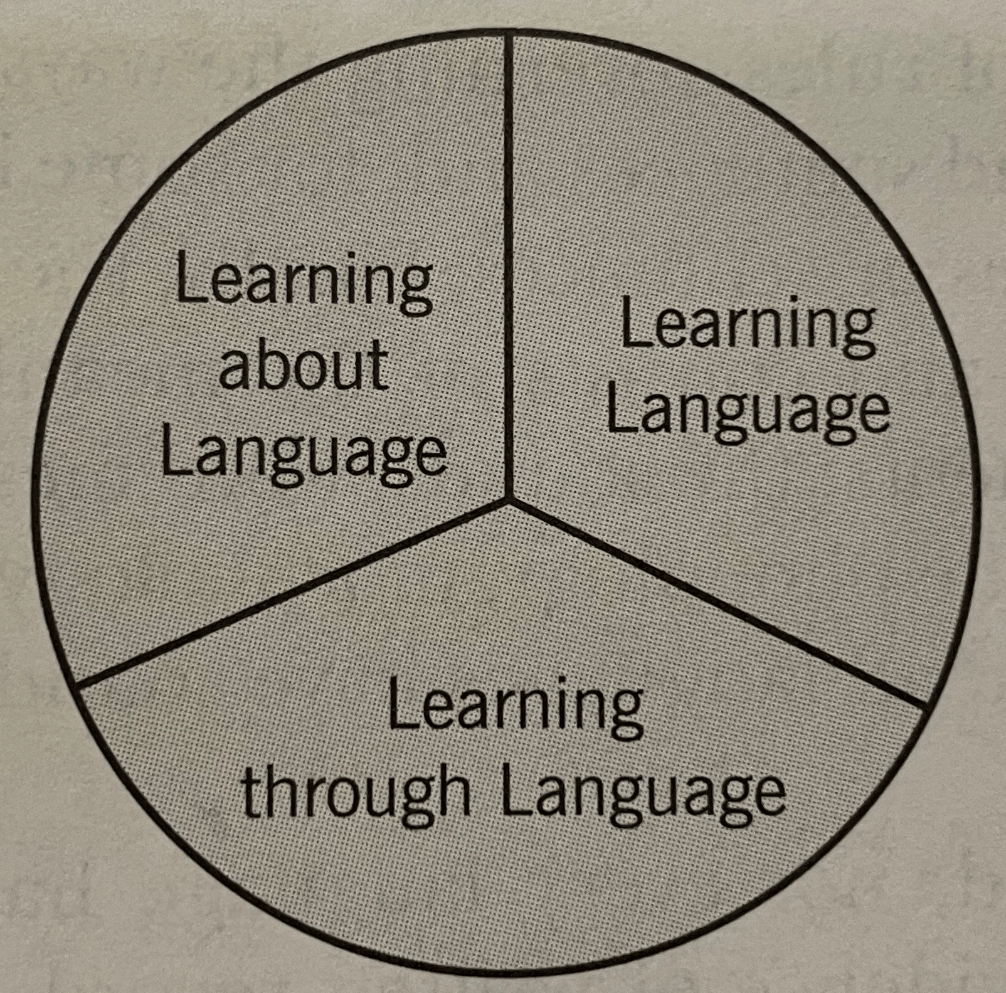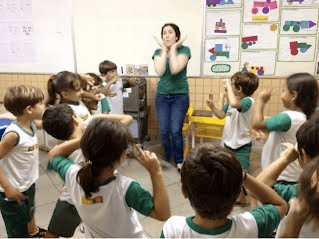The United Nations defines this as a "fundamental human right and the foundation for lifelong learning"
Literacy
 A pictured feature that helps ELs build listening comprehension
A pictured feature that helps ELs build listening comprehension
Closed captions (subtitles, etc.)
Words that have to be memorized
A minimal unit of meaning of grammatical function
A morpheme
He developed the Zone of Proximal Development, an important theory in the education of EL students
Vygotsky
The Three Language Functions

The Language Based Theory of Learning
A term describing one’s level of reading and writing (speaking and listening?), which also serves as a parallel to the term “literacy”
Oracy
A written language where graphemes are inconsistently pronounced
Opaque
Lexical and functional morphemes make up this group
Free morphemes
Listening, Speaking, Reading, Writing
The Four Domains
A quote from a teacher reads: “I have witnessed an extreme example of the ______ ______ in a seventh-grade student…she wouldn’t say a word in class. For 9 months she was mute, and the district was getting ready to test her for a learning disability….”
Silent Period
An orthography where each symbol can be a complete word
logographic
A morpheme group which included prefixes and suffixes
Derivational Morphemes
Krashen's theory students must be exposed to enormous amounts of spoken language
Input Hypothesis
 A popular EL teaching technique pictured above in which students act out words, sentences, or scenarios
A popular EL teaching technique pictured above in which students act out words, sentences, or scenarios
TPR or Total Physical Response Activity
This country changed it's alphabet making it far more transparent resulting in substantial gains in literacy
The Ottoman Empire, or Turkey
A type of bound morpheme shown in these two sentences
"The store's logo"
"He became happier"
Inflectional morpheme
Swain's theory that students must produce enormous amounts written and spoken language
Output Hypothesis
Nonverbal communication that is still learned through listening comprehension.
Paralinguistic features or cues (body language, gestures, etc.)
The smallest written unit in a language representing one sound
Grapheme
A writing system where information may be drawn both from the way words look and sound
A morphophonemic writing system